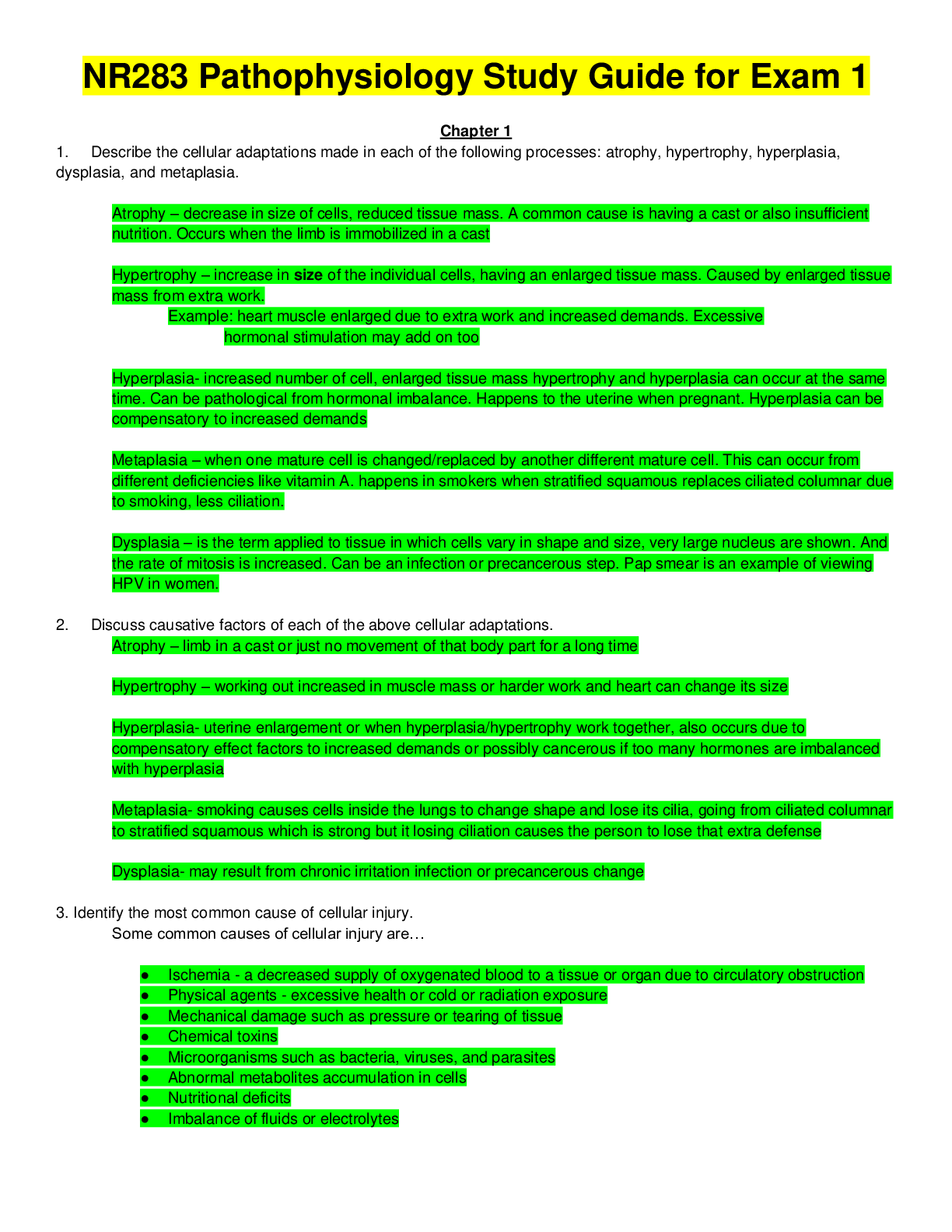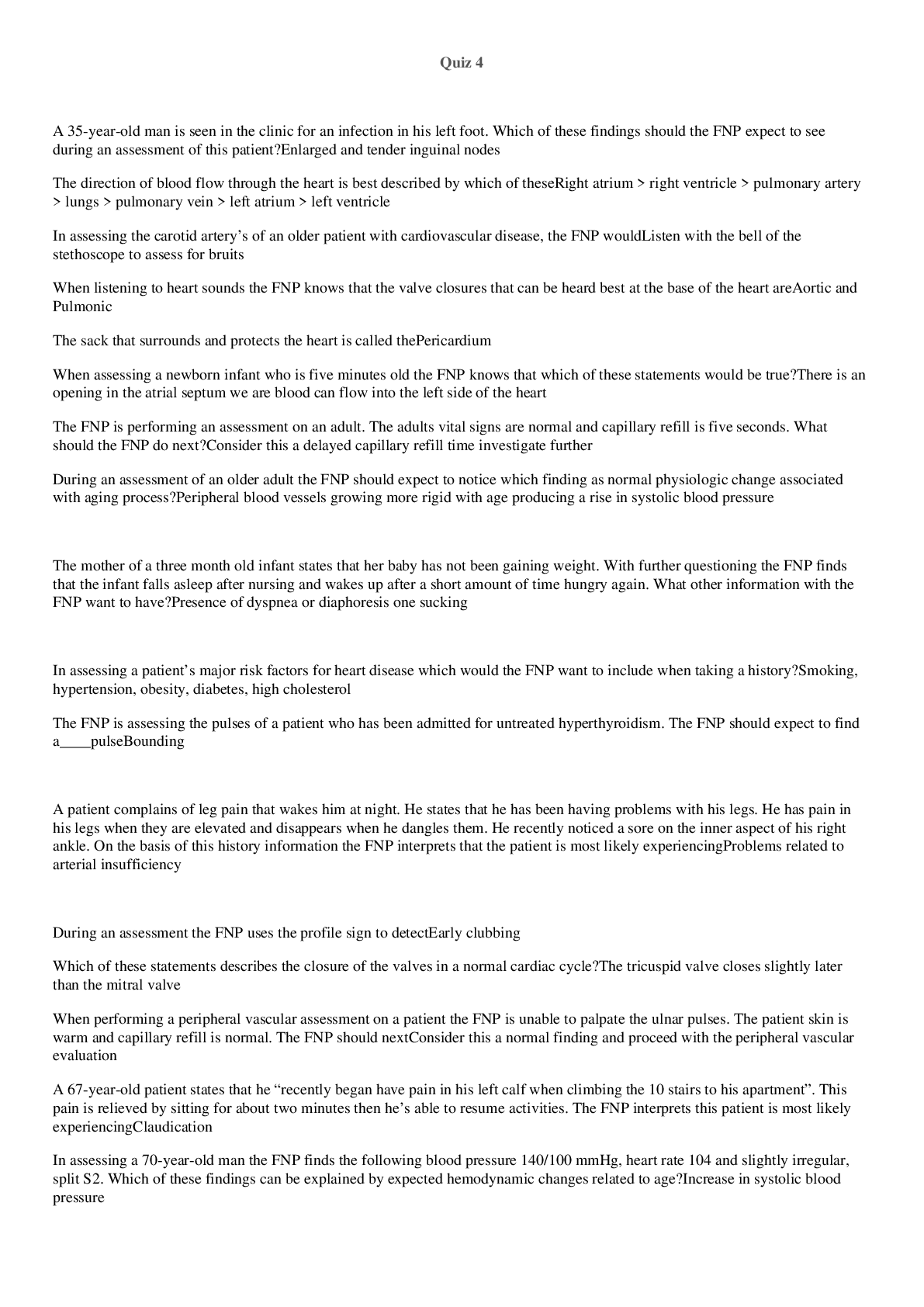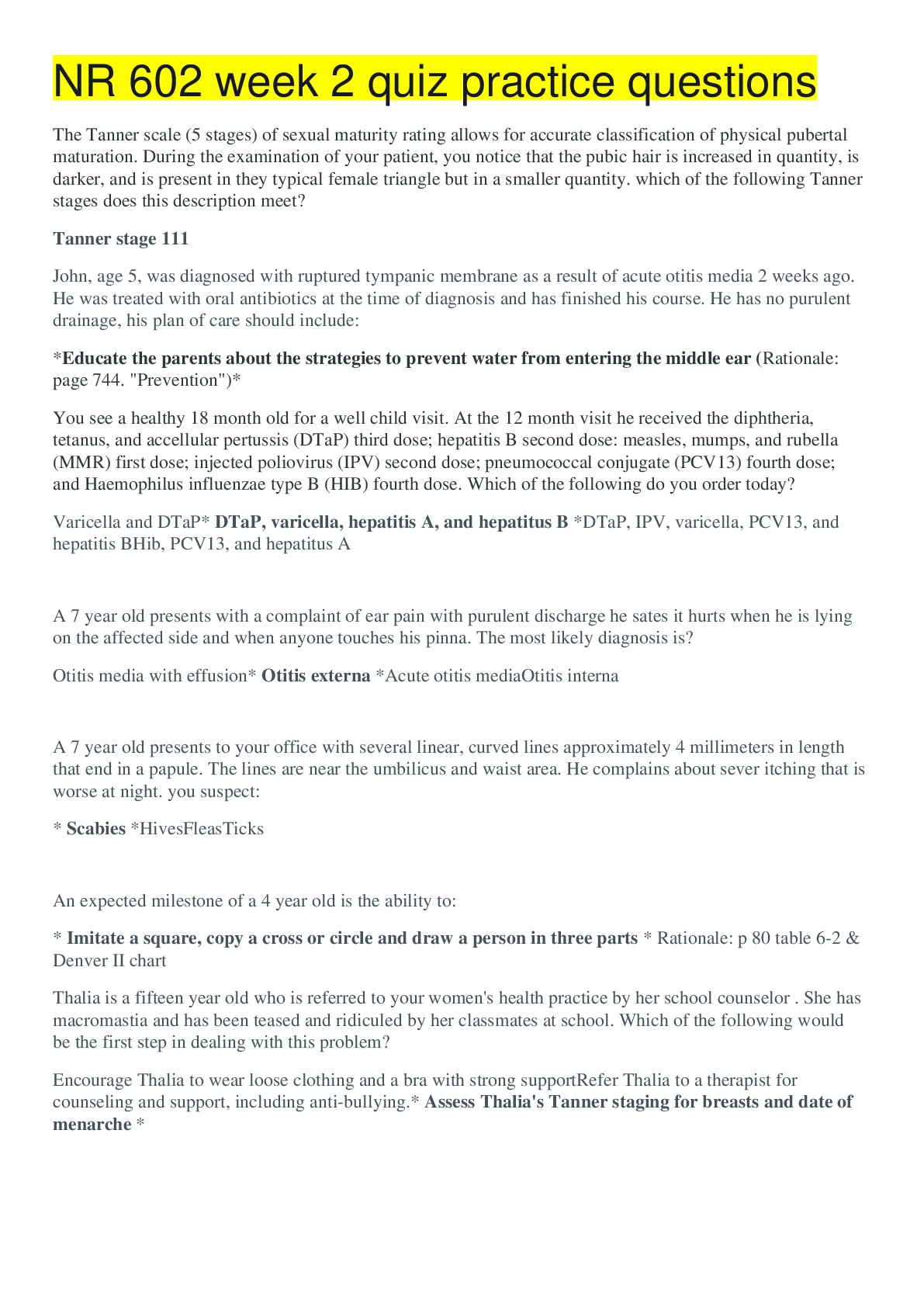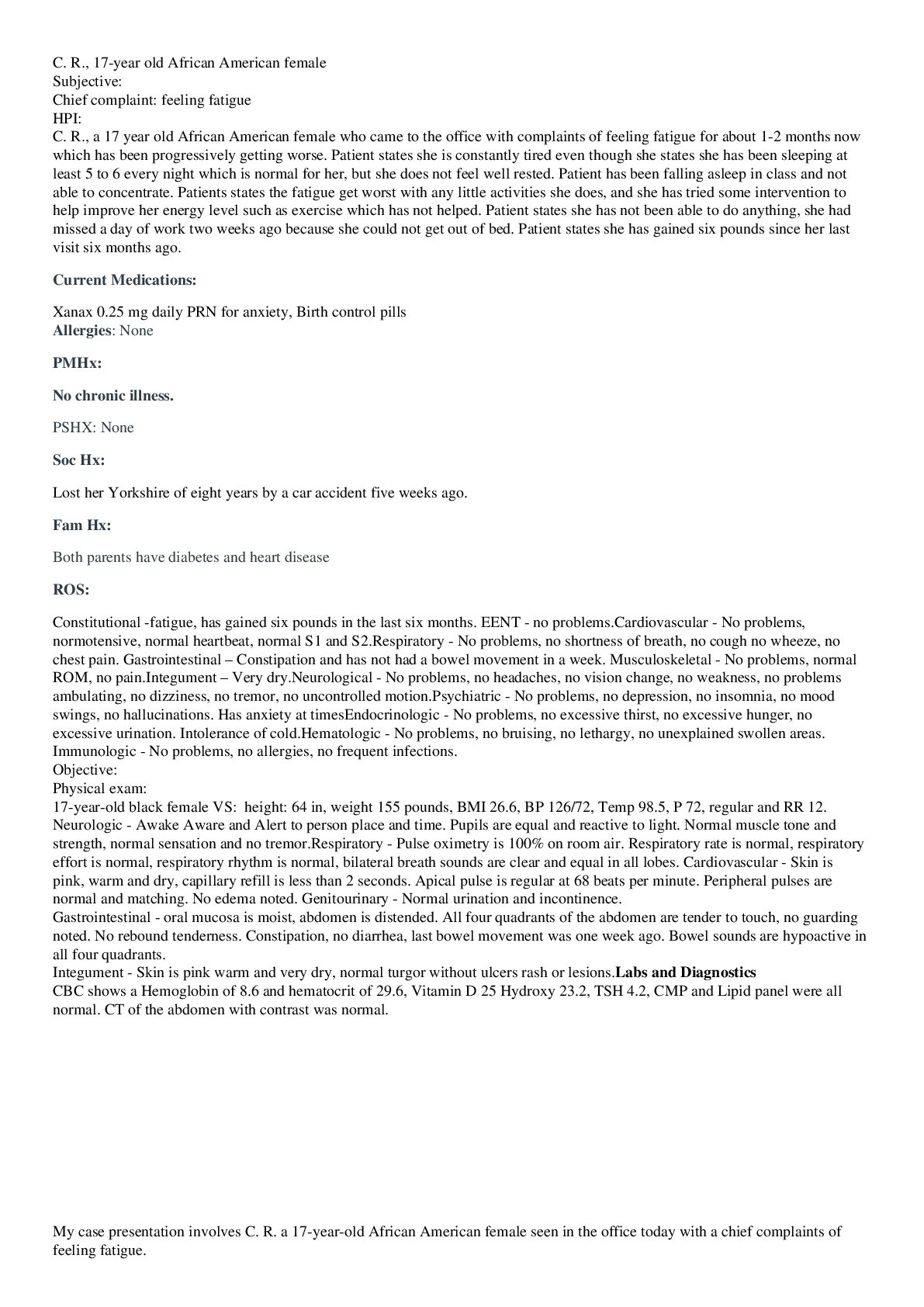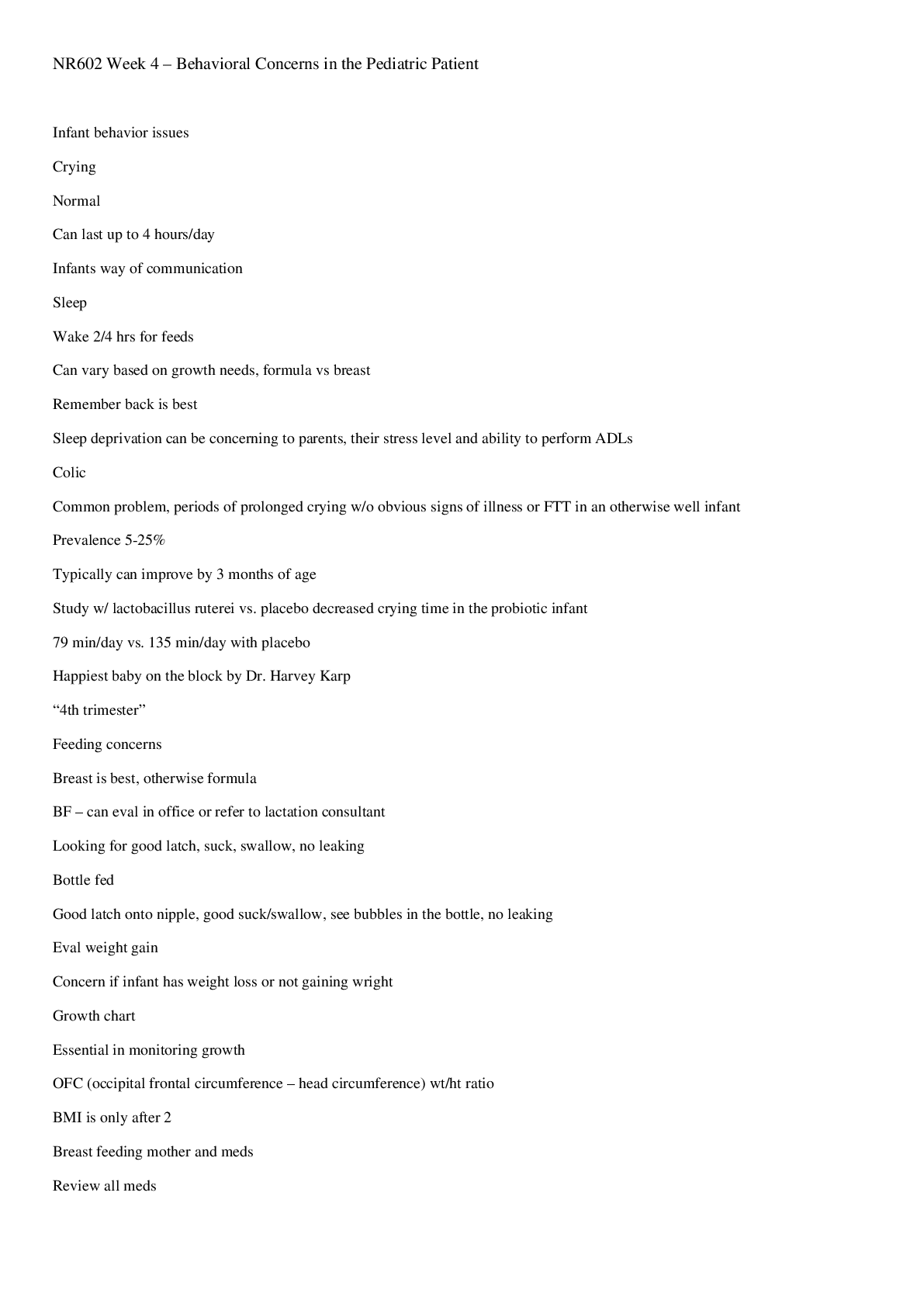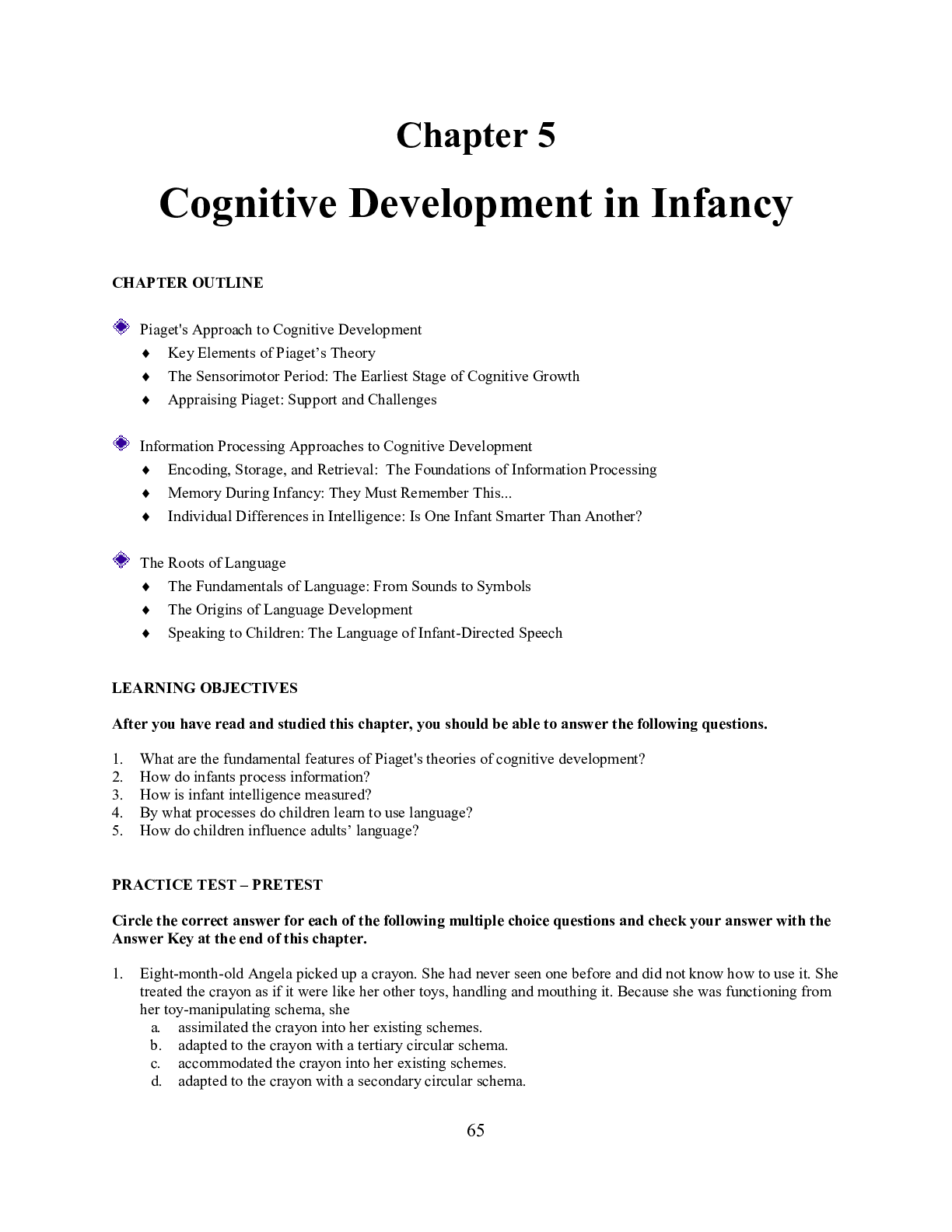*NURSING > STUDY GUIDE > Chamberlain College of Nursing NR 224 - Exam 5 Study Guide passed down - PATHOPHYSIOLOGY STUDY GUIDE (All)
Chamberlain College of Nursing NR 224 - Exam 5 Study Guide passed down - PATHOPHYSIOLOGY STUDY GUIDE FOR TEST V - THE LAST ONE!!
Document Content and Description Below
Discuss how androgens and estrogens playa role in acne. • Overview o Chronic inflammatory disease that involves sebaceous glands • Etiology o Can be acute or chronic o Sebaceous gland secretio... n increases o With the increased production, the sebaceous gland can become infected causing the sebaceous gland to become inflamed o Males have more a problem ▪ Testosterone increases sebaceous gland secretion and males have more testosterone o Estrogen decrease sebaceous gland activity ▪ Birth Control has estrogen and therefore decreases acne ▪ Pregnant women also have more estrogen • Treatment o Antibiotics – topical and systemic o Stop using the causative agent like makeup Which antibiotics are typically used to treat acne? • Antibiotic o Topical and systemic o Erythromycin, Tetracyline (gram +) • Birth Control Pill o Contain estrogen which decreases sebaceous gland secretion o Face will clear up when on a BCP • Vitamin A Discuss the differences between atopic and contact eczema. • Eczema overall: o Group of red, blistering, scaly, weepy, itchy, thick lesions o Two broad categories are atopic and contact eczema • Atopic Eczema o Hereditary o Can appear at any age o Classically have problems at flexure areas ▪ Elbows, knees and neck o Intermittent, debilitating and painful o Can get secondary infection – localized bacterial infection o NOT much we can do with this • Contact Eczema o Localized Allergic Reaction ▪ Poison ivy, gold (or other metal) ▪ Inhalant allergy from pollen = reaction around mouth o Antigen/antibody reaction ▪ Avoid contact with antigen, end of story Discuss the differences between neurodermatitis and hives. • Neurodermatitis o Caused by compulsive scratching of dry skin, typically in cold weather o Treatment ▪ Keep skin lubricated and as moist as possible – OTC topical steroids with hydrocortisone ▪ Can get secondarily infected ▪ Then it isn’t itchy, so you don’t scratch • Hives 2 o Very common o Characterized by: ▪ Edema (swelling) ▪ Erythema (redness) o 99.9% of the time, hives are a result of allergic reactions ▪ Internal or topical • Food dyes, drugs, things inhaled or touched Identify where psoriasis usually occurs. • Psoriasis o Characterized by: ▪ Thick, silvery/white, scaly lesions (fish scales) ▪ Classically seen in knees, elbow, and scalp • But can be seen anywhere (not abdomen or shoulders) o Etiology ▪ Defect is in the basal, epidermal area in the skin • Epidermal production has an over production causing the layering appearance of fish scales (excess skin cells) • Over amount of T-lymphocytes, which probably trigger the inflammation ▪ VERY correlated with osteoarthritis • Indicates it may be autoimmune ▪ Runs in the family, may be genetic but not aware of a specific gene ▪ Pretty common • 1.5-2% of the population o Not much you can do except treat it topically ▪ Can have continuous problems or just flare-ups. Discuss where flat and planters warts usually appear. • Overall Warts o Cutaneous infection caused by viruses o Primarily by DNA viruses so they are contagious • Flat warts o Occur anywhere but the bottom of your foot o Grow flat on the tissue • Plantar warts o Occur at the bottom of the feet o Can get the virus from walking around at the gym barefoot o Grow into foot at angle and can hit nerves, becoming painful o Typically have 2-3, not just one o Treatment ▪ Can get them excised and must be off your feet for a few weeks ▪ Suggest use of Vitamin A • Topically 6 days on, 1 day off, repeat • Repeat for 3-6 weeks and virus is gone ▪ People swear by duct tape, but no studies to prove this Discuss the difference between Herpes simplex I and II. • Overall herpes o Communicable and contagious o Kissing, drinking from the same cup o Virus grows in warm, mucous membranes o Be very careful and wash hands immediately after touching a herpes lesion o Herpes = snake • Herpes Simplex I o Lips = cold sores or fever blisters o Contagious 3 o Normally above the waist o Old treatment: ▪ Smallpox vaccine for people that had >6/year would recognize Herpes Simplex I as the same smallpox antigen • Thus, these patients are immunized against cold sores and fever blisters • Herpes Simplex II o Sexually transmitted disease o Normally below the waist o Contagious only when the rash is present and via sexual contact (can be there for a few days before it is recognized) o Probably a mutation of herpes I o Will have an outbreak during stressful times o Need to have consideration for newborn with mother who is having an outbreak of Herpes Simplex II ▪ As the child passes from the birth canal, the child picks up the herpes on the skin, resulting in “Disseminated Herpes” • Means herpes lesions all over the body ! likely to get secondary infection • 75% of the children die from secondary infection • Do not have the mother deliver child vaginally Discuss the relationship between chicken pox and shingles. • Chicken Pox and Shingles o Both caused by the varicella zoster (VZ) virus o First time the VZ virus is introduced, you contract the chicken pox ▪ Immune system recognizes a portion of the viruses as an antigen and it produces a antibody against part of the virus but if the virus is introduced again, then the patient only has half of the antibody for the virus and the manifestations of the part without an antibody is shingles o Parent can give Chicken Pox to their children if they have Shingles or if the child has Chicken Pox, he can give his parent a re-exposure, resulting in Shingles • Chicken Pox o Highest prevalence seen in children ▪ Age 4 – 10 ▪ About 1/3 of strokes that happen in children between ages of 4-10 are due to a complication of chicken pox – no one knows why o VERY contagious and communicable o On a continuum – some kids get them all over the body and others just have a few o Chicken Pox Vaccine ▪ Does not make you immune but makes you 45% less likely to contract the disease and decreases symptoms if you do contract the disease o Chicken pox can be transmitted through the placenta during pregnancy ▪ High incidence of birth defects: fingers, toes, urinary bladder o Infectious in other primates: gorillas, chimpanzees, etc • Shingles o Shingles represents the re-infection of a partially immune host ▪ Because the individual was immune to part of the RZ virus but not the entire virus that causes shingles, just the chicken pox o Follows dermatomes causing inflamed nerve endings, very PAINFUL (big time narcotics) o Possible to get Singles more than once and usually happens in the same spot o Can happen with immunocompromised patients o In the Herpes family [Show More]
Last updated: 1 year ago
Preview 1 out of 29 pages
.png)
Buy this document to get the full access instantly
Instant Download Access after purchase
Add to cartInstant download
We Accept:

Reviews( 0 )
$11.00
Document information
Connected school, study & course
About the document
Uploaded On
May 03, 2021
Number of pages
29
Written in
Additional information
This document has been written for:
Uploaded
May 03, 2021
Downloads
0
Views
40




.png)
.png)
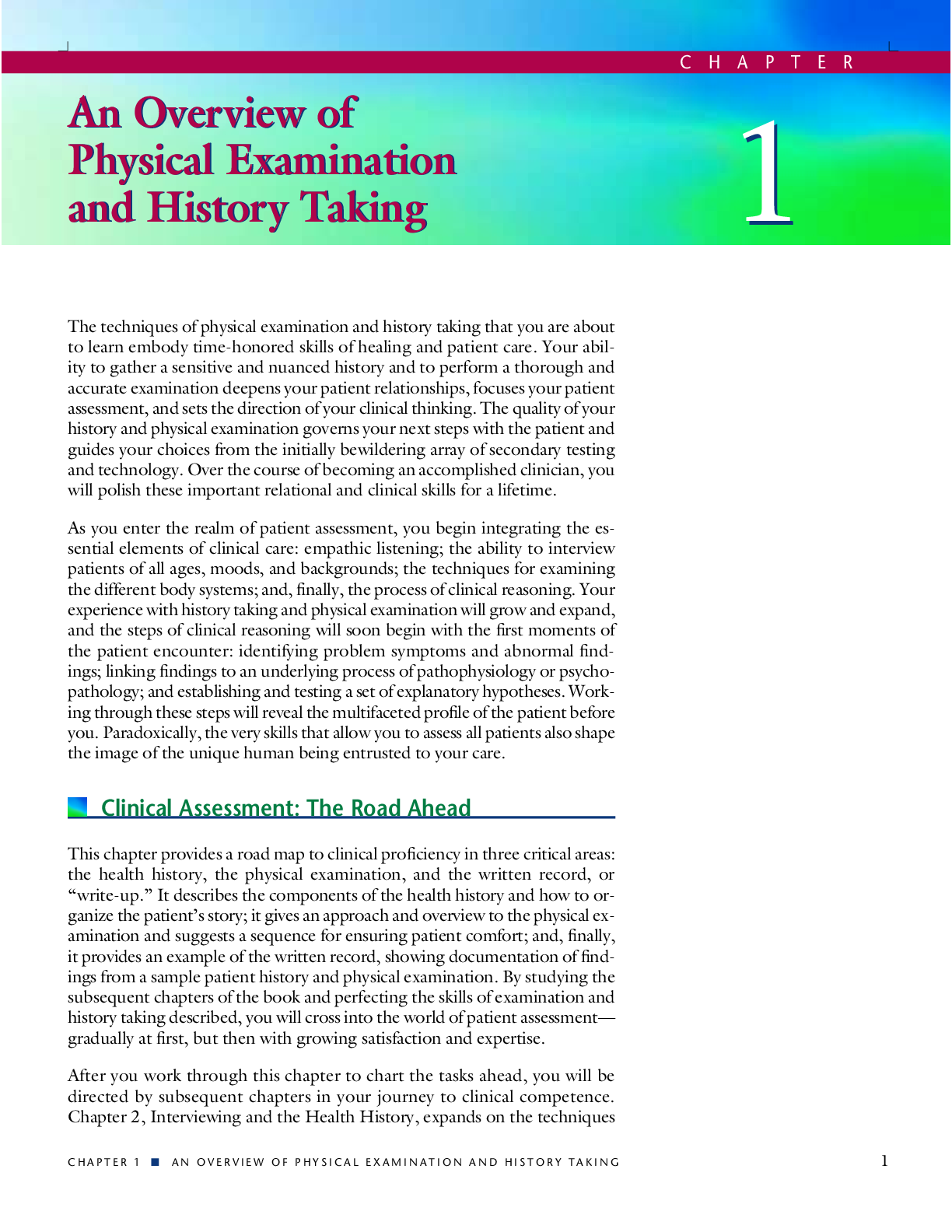


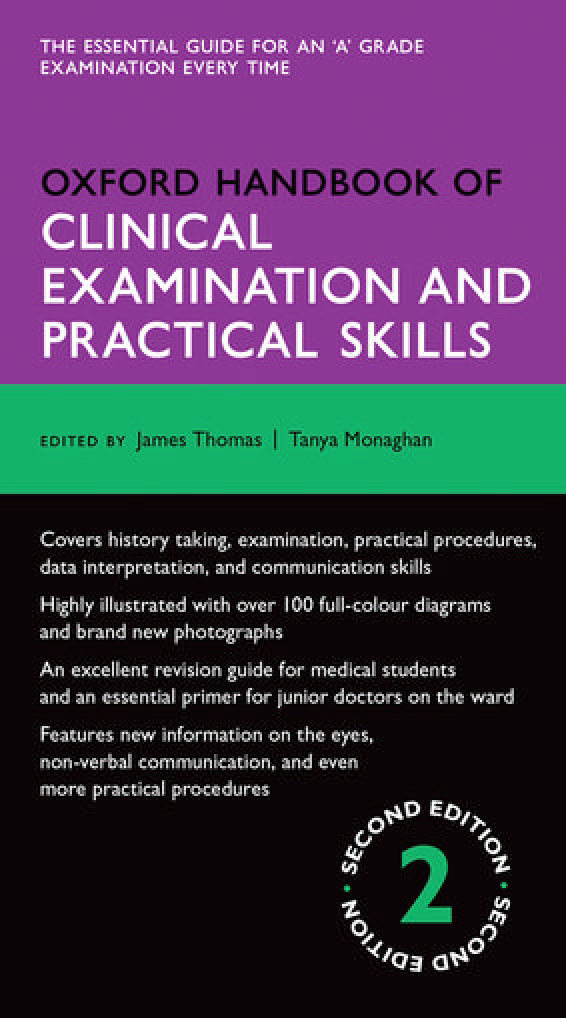
.png)
